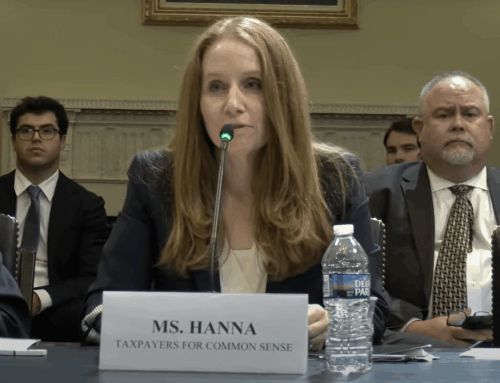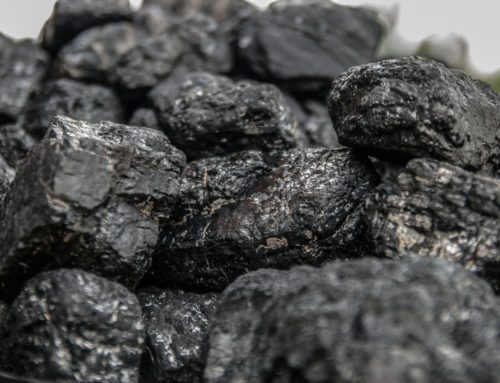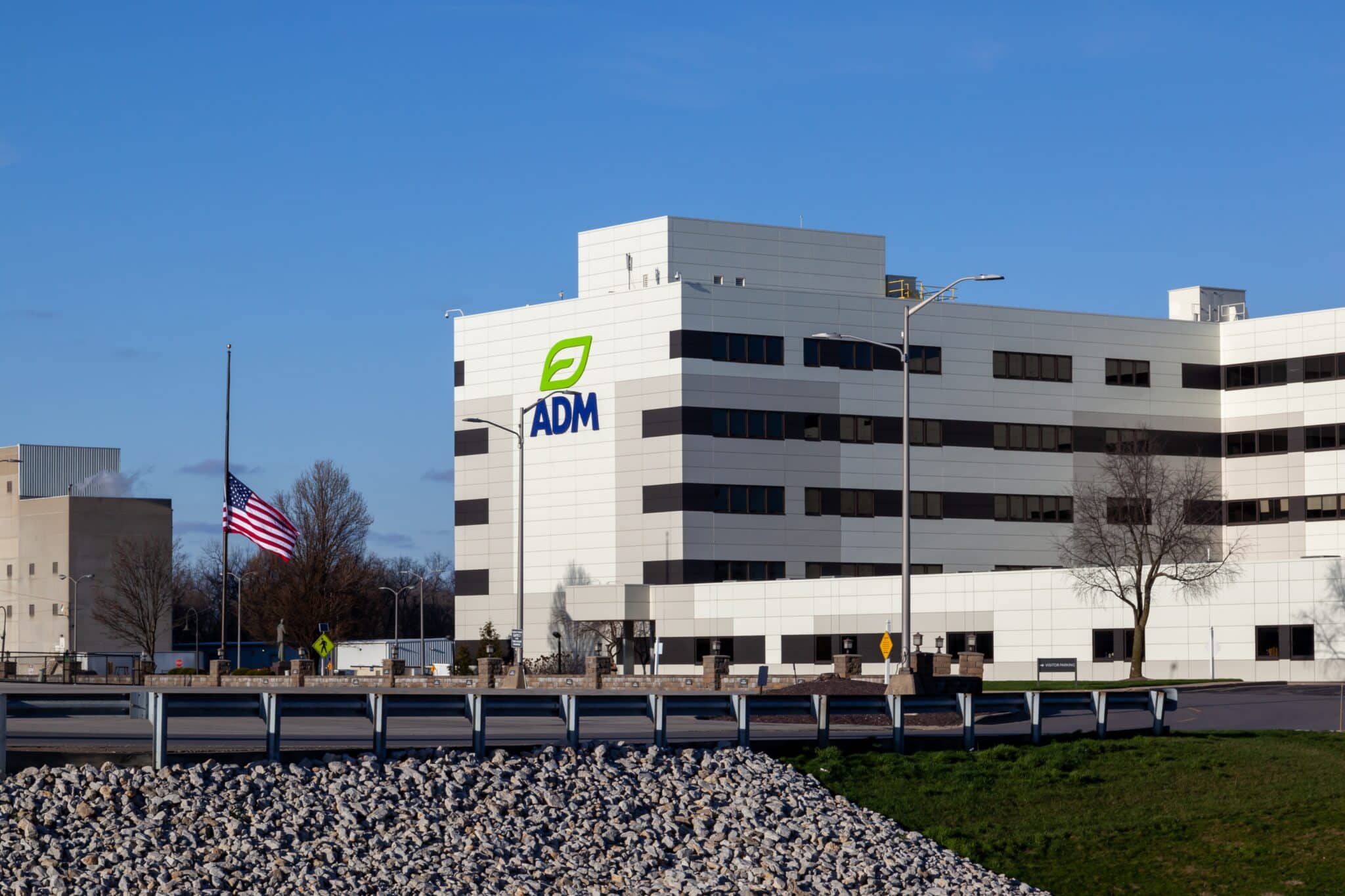Archer Daniels Midland will soon restart injections at its commercial carbon sequestration site in Decatur, Illinois. The site had stopped injections because of a leak allowing for the escape of 8,000 metric tons of CO2. The leak raised serious alarms because of its location just a few miles away from the Mahomet Aquifer, the sole source of drinking water for nearly a million Illinois residents. The public did not learn about the leak until months after it occurred.
The leaks and lack of transparency at ADM’s sequestration site illustrate how the rapid expansion of federally subsidized carbon capture and storage (CCS) projects across the United States can create public health and safety risks. Without regulatory and legislative reform, communities and taxpayers could be left on the hook when CCS projects fail.
ADM’s facility captures CO2 from its Decatur Corn Processing Plant, an ethanol production facility, and injects it underground into rock formations for storage. In September 2024, the public learned that the site had leaked between 3000 and 8,000 metric tons of liquid CO2 into an unauthorized underground rock formation just a few miles from the boundary of the Mahomet Aquifer, the sole drinking water source for nearly one million Illinois residents. That same month, ADM notified EPA of a second suspected leak and paused all injections. Although ADM discovered the first leak in March 2024, the Environmental Protection Agency (EPA) did not learn of it until an on-site inspection in June, exposing troubling lags in notification and transparency. After the first leak but before disclosure, ADM also finalized a land easement agreement with the City of Decatur to store captured carbon 1.25 miles beneath Lake Decatur.
In response, EPA issued an enforcement order requiring ADM to carry out corrective actions under the Safe Drinking Water Act, including emergency response measures and well repairs. EPA stated it found no evidence of immediate harm to local water supplies, but acknowledged the event exposed serious flaws in ADM’s operations and compliance. After public comments and further review, EPA finalized the order in August 2025. Once all steps required in the order is completed, ADM will be cleared to restart injections.
Public comments on the proposed order reflected deep distrust of both ADM and EPA’s oversight. Residents, community groups, and advocacy organizations urged EPA to revoke ADM’s permit, impose fines, and even halt new Class VI well approvals statewide until safety could be demonstrated. Commenters stressed that ADM had concealed leaks for months, failed to follow its own emergency response plan, and used materials known to be vulnerable to corrosion. Many warned that water supplies serving nearly one million people were being put at risk, while communities and taxpayers were asked to underwrite a technology they viewed as experimental, poorly regulated, and fiscally irresponsible.
The delayed disclosure and regulatory lag highlight weaknesses in oversight and transparency. While Illinois law requires CCS operators to provide an alternate source of drinking water within 24 hours if contamination occurs, supplying safe drinking water to nearly a million residents dependent on the Mahomet Aquifer would be financially and logistically unworkable. A coalition of Illinois communities and the University of Illinois at Urbana-Champaign concluded that relying on alternative sources would be “economically infeasible” for most suppliers. If contamination ever occurred, taxpayers and communities could face massive costs for both immediate and long-term recovery, including the provision of water, remediation of aquifers, and potential health impacts.
The Decatur incident is unfolding at a moment when Class VI wells—the specialized injection wells used for geologic sequestration of CO₂—are proliferating nationwide. EPA has issued 11 final permits for Class VI wells and is currently reviewing 237 additional applications. That surge in projects, driven largely by lucrative federal subsidies like the 45Q tax credit, means ADM’s missteps may be an unsettling preview of risks to come. If monitoring failures, equipment corrosion, and long reporting delays can occur at the nation’s first commercial site, the potential taxpayer costs and liabilities of scaling CCS with hundreds more taxpayer-backed wells could be far greater.
ADM’s project has benefited from substantial taxpayer-funded support, including $141.4 million in Department of Energy (DOE) grants for the commercial CCS project, $66.7 million in DOE funding for its pilot project, and a lucrative tax credit. Based on IRS and EPA data, the 45Q carbon capture credit provided ADM $70 million for storing nearly 3 million tons of CO₂ between 2017 and 2022.
Illinois lawmakers have taken steps to protect communities by prohibiting new sequestration projects above sole source aquifers, though later amendments allowed certain projects to continue. By contrast, federal lawmakers recently chose to expand the 45Q tax credit for CCS in the recently passed One Big Beautiful Bill Act, increasing the credit amount for uses including enhanced oil recovery (EOR), a decades-old method of boosting oil and gas production by injecting CO2 into depleted wells, to $85 per ton. The expansion is projected to cost taxpayers an additional $14.2 billion over FY2025-2034, on top of the $36 billion price tag of the tax credit before the expansion.
ADM’s track record in Decatur illustrates what happens when subsidies outpace safeguards. Taxpayers foot the bill, communities carry the risks, and transparency often comes last. The dangers exposed by this single project come just as EPA faces the prospect of significant budget cuts, even as hundreds of new Class VI wells could soon be approved and operating across the country. The companies behind CCS projects—often oil, gas, coal, and ethanol, have reaped in tens of billions in federal subsidies while leaving taxpayers with mounting costs and exposing communities to new threats to their drinking water.
- JHVEPhoto/Shutterstock.com










